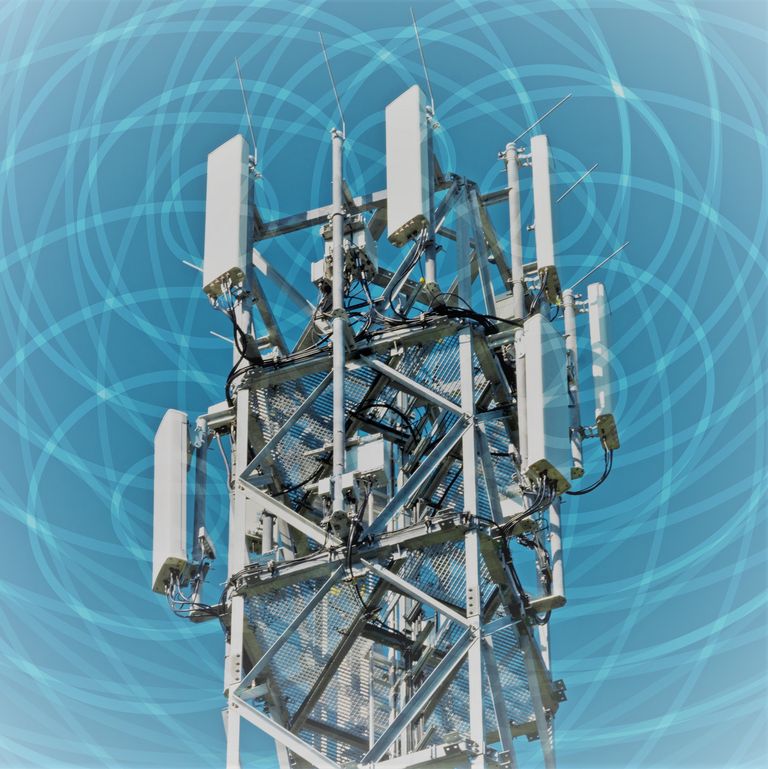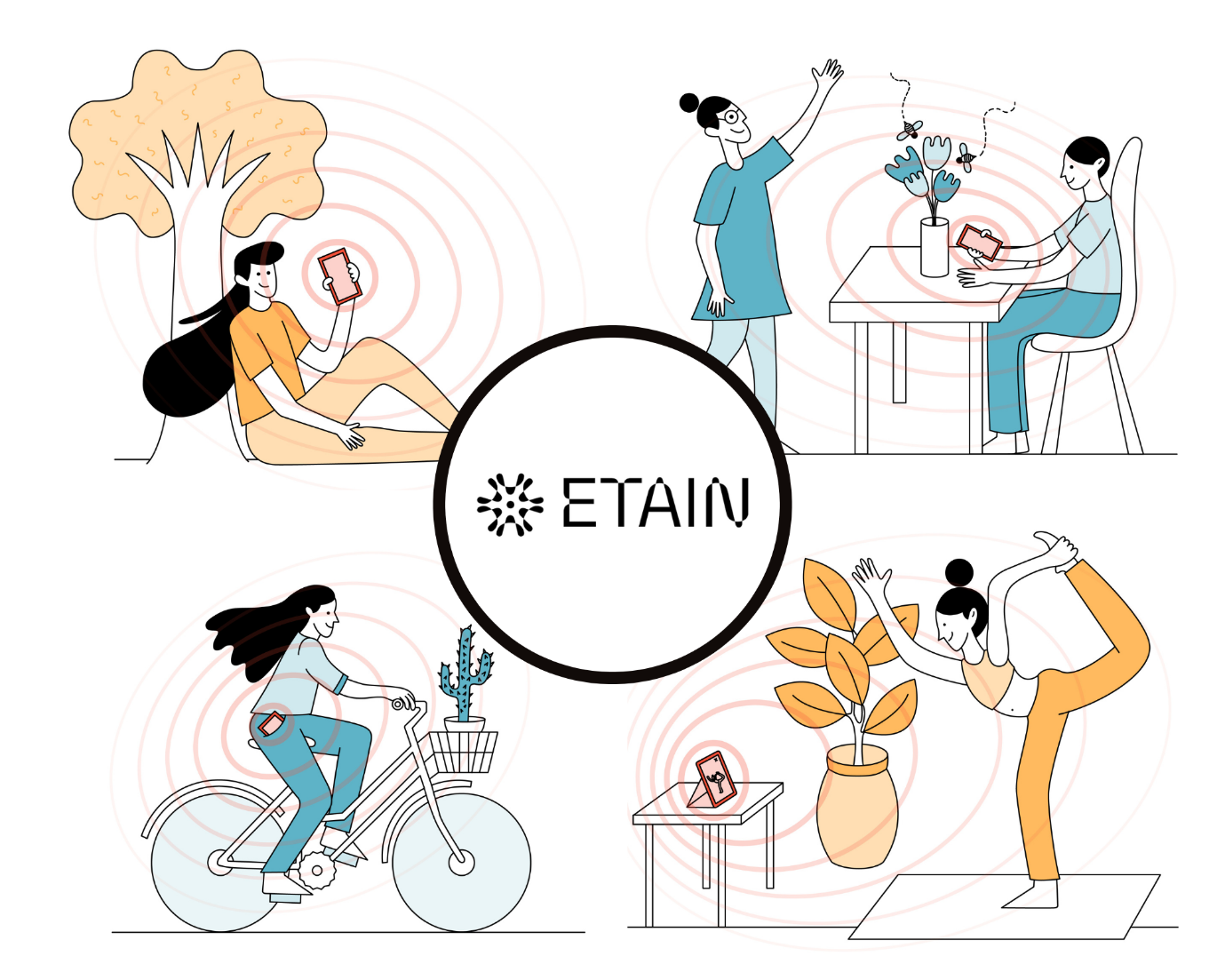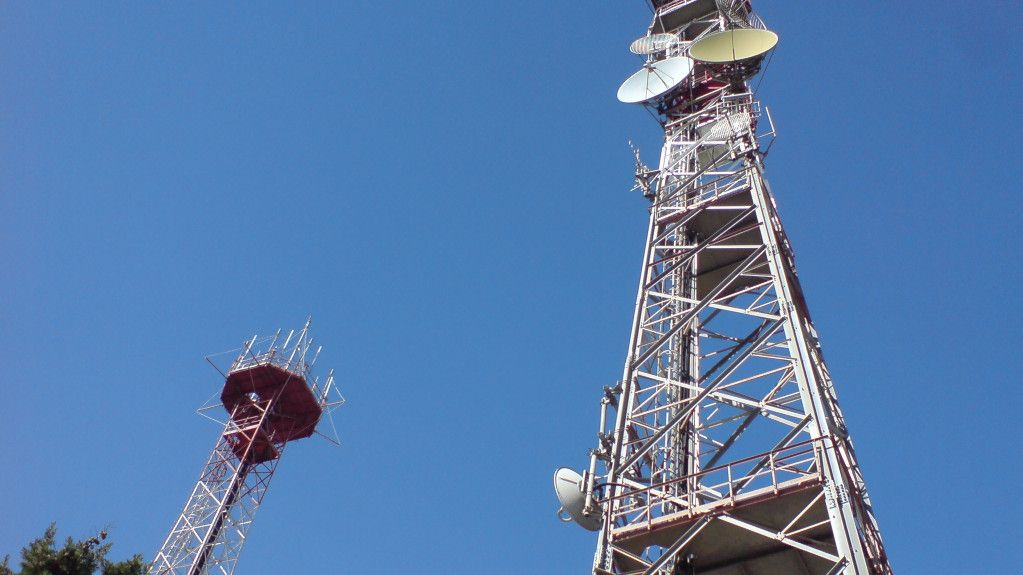

Non-Ionising Radiation
Exposure to non-ionising radiation has become almost unavoidable. Electric devices produce extremely low frequency magnetic fields (ELF-MF) while radio-frequency electromagnetic fields (RF-EMF) are used for wireless communication. Both types of non-ionising radiation are suspected of affecting human health. Using epidemiological methods, including personal measurements, Swiss TPH experts are investigating a variety of potential health effects ranging from tumours to sleep disorders. The possible biological pathways of non-ionising radiation are being elucidated by the help of bioinformatics.
Key Projects

ETAIN - Exposure to Electromagnetic Fields and Planetary Health
With the advent of the fifth generation of wireless technology (5G), a new wave of communication enhancements is emerging, including novel reception and transmission techniques and the use of new parts of the electromagnetic spectrum. The ETAIN project adopts a planetary health approach considering the evolving landscape of wireless networks, and aims to assess the impact of existing and novel technologies on humans, pollinators, and ecosystems. Through research and collaboration of an interdisciplinary European consortium, we will evaluate the potential effects of radiofrequency electromagnetic fields (RF-EMF) on insects and human health. Additionally, the project explores methods to reduce RF-EMF exposure and engages with the public and stakeholders to communicate potential risks. You are welcome to contribute to the project as a citizen! Read more

GOLIAT - 5G Exposure, Causal Effects, and Risk Perception through Citizen Engagement
The introduction of new communication technologies emitting radiofrequency electromagnetic fields (RF-EMF) in our surroundings and workplaces amplifies the need to investigate potential health effects between two highly RF-EMF exposed groups, young people and workers. GOLIAT (5G expOsure, causaL effects, and rIsk perception through citizen engAgemenT) is a five-year project from an interdisciplinary European consortium aimed at providing responses to some of the questions raised by the new wireless technologies, with a special focus in 5G.
As part of GOLIAT we conduct the HERMES 3 (Health Effects Related to Mobile phone usE in adolescentS) cohort study in adolescents in Switzerland. The aim is to explore the effects of RF-EMF exposure and eMedia usage on behavioural problems, health related quality of life and cognitive performance. Read more

Electromagnetic Fields Exposure in Switzerland
People are exposed to numerous EMF sources in their daily lives, which emit different frequencies and intensities over time. The use of electricity is associated with extremely low frequency (ELF) magnetic and electric fields. Communication devices emit radiofrequency electromagnetic fields (RF-EMF). The SwissNIS study aims to assess ELF and RF-EMF exposure outdoors, in public transport, in indoor public spaces and in private spaces in Switzerland annually between 2021 and 2025 to support public risk communication, risk management and future research into potential health risks. Read more
Assessment of Health Effects of Exposure to Radiofrequency Electromagnetic Fields
Expert Group on Non-Ionising Radiation
Selected Projects
All ProjectsSelected Publications
Eeftens M et al. The association between real-life markers of phone use and cognitive performance, health-related quality of life and sleep. Environ Res. 2023;231(Pt 1):116011. DOI: 10.1016/j.envres.2023.116011
Eeftens M et al. Modelling of daily radiofrequency electromagnetic field dose for a prospective adolescent cohort. Environ Int. 2023;172:107737. DOI: 10.1016/j.envint.2023.107737
Loizeau N et al. Comparison of ambient radiofrequency electromagnetic field (RF-EMF) levels in outdoor areas and public transport in Switzerland in 2014 and 2021. Environ Res. 2023;237(Pt 1):116921. DOI: 10.1016/j.envres.2023.116921
Bosch-Capblanch X et al. The effects of radiofrequency electromagnetic fields exposure on human self-reported symptoms: a protocol for a systematic review of human experimental studies. Environ Int. 2022;158:106953. DOI: 10.1016/j.envint.2021.106953
Dongus S, Jalilian H, Schürmann D, Röösli M. Health effects of WiFi radiation: a review based on systematic quality evaluation. Crit Rev Environ Sci Technol. 2022;52(19):3547-3566. DOI: 10.1080/10643389.2021.1951549
Schmutz C et al. Personal radiofrequency electromagnetic field exposure of adolescents in the Greater London area in the SCAMP cohort and the association with restrictions on permitted use of mobile communication technologies at school and at home. Environ Res. 2022;212(Part B):113252. DOI: 10.1016/j.envres.2022.113252
Röösli M et al. The effects of radiofrequency electromagnetic fields exposure on tinnitus, migraine and non-specific symptoms in the general and working population: a protocol for a systematic review on human observational studies. Environ Int. 2021;157:106852. DOI: 10.1016/j.envint.2021.106852
Röösli M et al. Gesundheitsrisiko Mobilfunkstrahlung? Was ändert sich mit 5G?. Aktuelle Kardiologie. 2021;10(6):531-536. DOI: 10.1055/a-1545-0875